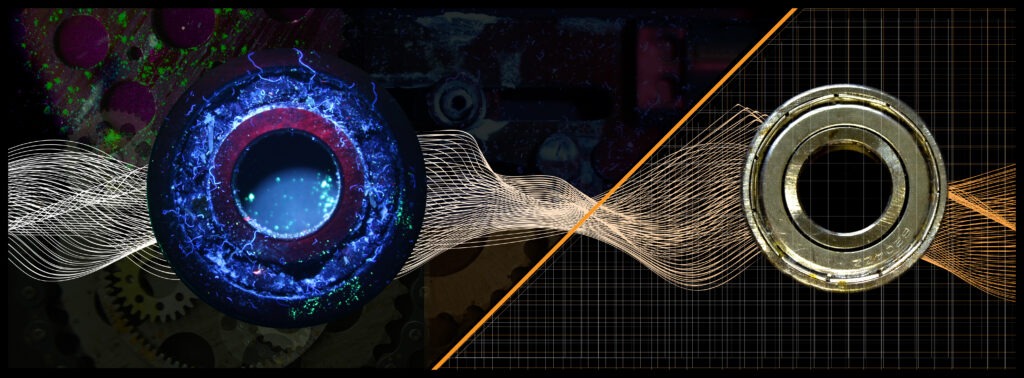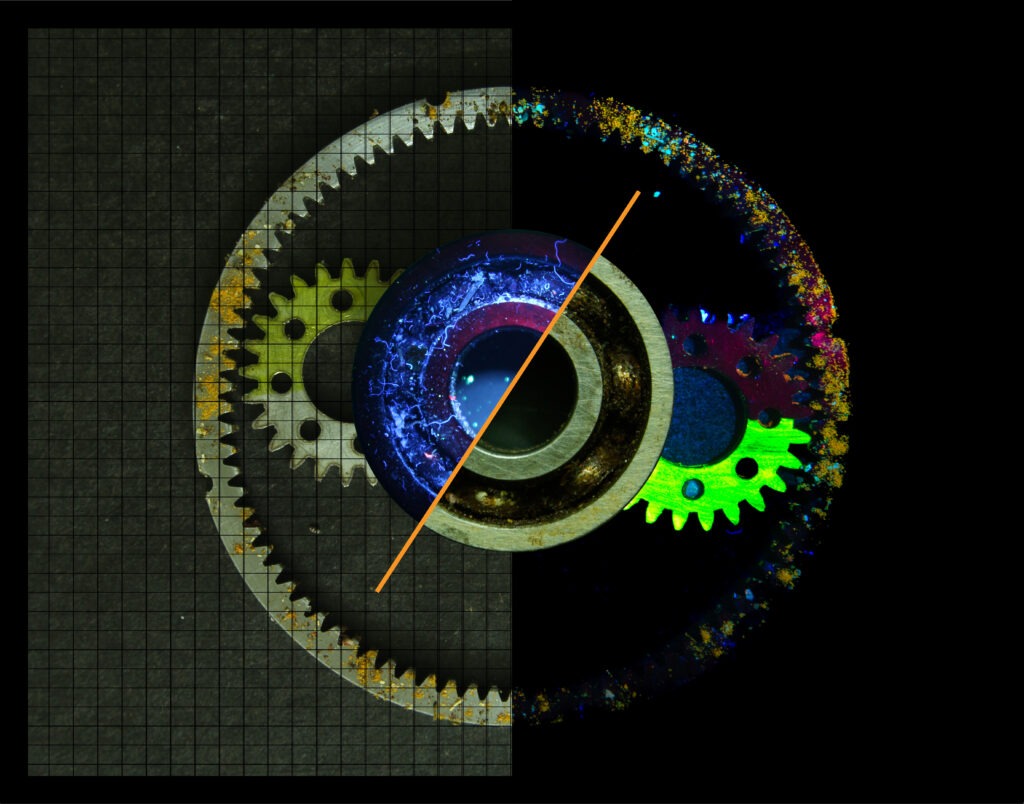Over the past few decades, Digital Transformation has been a key strategic focus for most business entities, primarily aimed at improving their productivity and efficiency, and, more importantly, effectively managing the growth aspect of the business. After successfully implementing strategies such as outsourcing, leveraging low-cost locations, and optimizing business processes, the focus has now shifted to “profit maximization,” “customer satisfaction,” and having a direct impact on “business metrics.” With Intelligent Process Automation moving from a “concept” to a “reality,” it is now well-positioned to take center stage in any Digital Transformation Strategy.
Key Technology Levers
When used together, the following technology levers create unique solution patterns that help businesses achieve their objectives in a more advanced and efficient manner.
Intelligent Robotic Process Automation
Intelligent Document Processing
Intelligent Virtual Agents
Intelligent Web Applications
Robotic Process Automation is the use of software robots (or bots) to automate repetitive, rule-based tasks that are typically performed by humans. We are experienced in a range of RPA technologies to automate a wide range of business processes across front-office and back-office operations. RPA software can be integrated with existing systems and applications, without changes to existing IT infrastructure.


Our solution for AI enabled Virtual Agents creates custom solutions that integrates Chatbots with Generative AI Models for accelerated intent recognition, handle complex and nuanced conversations in a human-like manner and RPA technology to seamlessly integrate with the organization’s applications using RPA BOTs to automate complex business workflows, and provide customers and employees personalized experience, 24/7.

Our Intelligent Web Application Solution specializes in tailored, low-code applications designed for specific business needs. By leveraging cutting-edge low-code technologies, we deliver state-of-the-art solutions rapidly, seamlessly integrating them into broader IT ecosystems through Intelligent Process Automation, driving overall operational excellence.

Process Mining
Although process standardization and optimization remain the primary step in any Business Process Transformation, the role of technology in accelerating the process cannot be underestimated. Automation tools like Automation Anywhere and UiPath offer their proprietary process mining engines based on artificial intelligence. These Process Analyzers have an in-built analytics engine that continuously captures data from process recorders and creates a comprehensive process map, including all possible exceptions. This map can then be used to improve operational efficiency. In some cases, the Process Analyzer even generates the screen level process design and RPA product code. If RPA technology and AI algorithms start leveraging the output of the Process Analyzer, the benefits of self-trained bots could be realized in the near future.
Each organization is unique and has its own set of constraints and needs, making it crucial to subject any analysis to a Process Assessment Framework designed specifically for that organization. This framework typically includes three key steps: data collection, prioritization, and detailed functional/technical assessment. By following this process, an organization can gain a comprehensive understanding of its processes and identify areas for improvement that are tailored to its specific needs and constraints.
Enterprises frequently face challenges in strengthening their automation pipeline and quantifying the potential benefits of automation. We leverage our industry experience and business process assessment framework to conduct design workshops with key stakeholders, helping business teams to develop a clearly defined automation pipeline and a data-driven business case. Our goal is to support enterprises in overcoming these challenges and realizing the full potential of automation in their operations.
The rapid development of technology, coupled with a focused approach from the IT industry, has resulted in a range of incredible solution patterns that are capable of solving almost every possible use case related to business process transformation. Over the past few years, the industry has witnessed exponential growth and evolution of Robotic Process Automation (RPA) into Intelligent Process Automation (IPA) technologies.